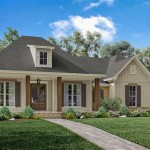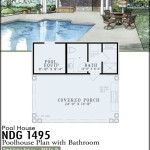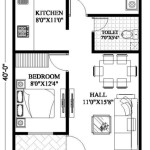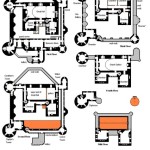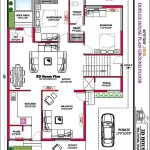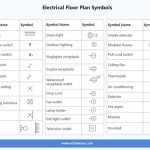Essential Aspects of a Haunted House Floor Plan
Creating a captivating and terrifying haunted house experience requires careful planning and execution, and the floor plan plays a crucial role in achieving this. An effective floor plan guides visitors through a labyrinth of fear, maximizing the impact of each scene and creating a memorable and immersive experience.
Layout and Flow
The layout of the haunted house should be carefully designed to create a natural flow that leads visitors through the various scenes in a logical and suspenseful manner. Avoid dead ends or confusing pathways that can disrupt the flow and break the tension. Each room or scene should transition seamlessly into the next, building upon the atmosphere and gradually increasing the intensity of the experience.
Variety in Spaces
Variety in the size and shape of rooms and spaces is essential to maintain interest and prevent monotony. Large, open spaces can create a sense of grandeur and awe, while smaller, confined spaces can evoke claustrophobia and unease. Varying ceiling heights and lighting conditions can also contribute to the overall atmosphere and impact of each scene.
Hidden Passages and Secret Rooms
Hidden passages and secret rooms can add an element of surprise and discovery to the haunted house experience. These hidden areas can lead to unexpected encounters or reveal hidden secrets, adding depth and intrigue to the narrative. They should be strategically placed and carefully concealed to maintain the element of surprise.
Sensory Overload
Engaging all five senses can greatly enhance the impact of a haunted house. Consider using a variety of lighting techniques, sound effects, scents, and tactile elements to stimulate the senses and create an immersive and sensory overload experience. For example, low lighting can create a sense of mystery and uncertainty, while eerie sound effects can amplify the fear factor.
Navigation and Safety
While it is important to create a disorienting and unsettling atmosphere, the safety of visitors should always be the top priority. Ensure clear and well-marked pathways to guide visitors through the haunted house. Emergency exits should be strategically placed and clearly visible, allowing visitors to leave quickly if needed.
Technical Considerations
Technical aspects such as lighting, sound, and special effects play a vital role in creating a truly immersive haunted house experience. Proper lighting design can enhance the atmosphere and create dramatic effects, while sound effects can amplify the fear factor and guide visitors through the scenes. Additionally, special effects such as animatronics, fog machines, and projections can add an extra layer of authenticity and excitement.
Maintenance and Cleanliness
Maintaining a clean and well-maintained haunted house is essential for both the safety of visitors and the overall experience. Regularly inspect and repair any props, sets, or electrical equipment to ensure they are in good working order. Ensure that the floors are clean and free of debris to prevent accidents. A well-maintained haunted house will not only enhance the experience but also reduce the risk of accidents and injuries.

Turning Your Library Into A Haunted House Alsc Blog

Floor Plan And Home Designs For Horror Houseplans Blog Com

Haunted Mansion Furnished 2 Minute Tabletop

Detailed Floor Plans Of Haunted Buildings In The Higgypop Paranormal

Haunted House Layout Layouts Haunting

Haunted Mansion Floor Plan 1st Story By Nanakifreak13 On Deviantart

Cthulhu Architect Maps Haunted House 20 X Modern Drivethrurpg Com

Static Granny S Mansion Garage Haunt Layout For 2024 Your Thoughts Maze Haunted House Diy

Detailed Floor Plans Of Haunted Buildings In The Higgypop Paranormal

The Haunted House Large Floor Plan Design Ideas Pictures 188 Sqm Homestyler


